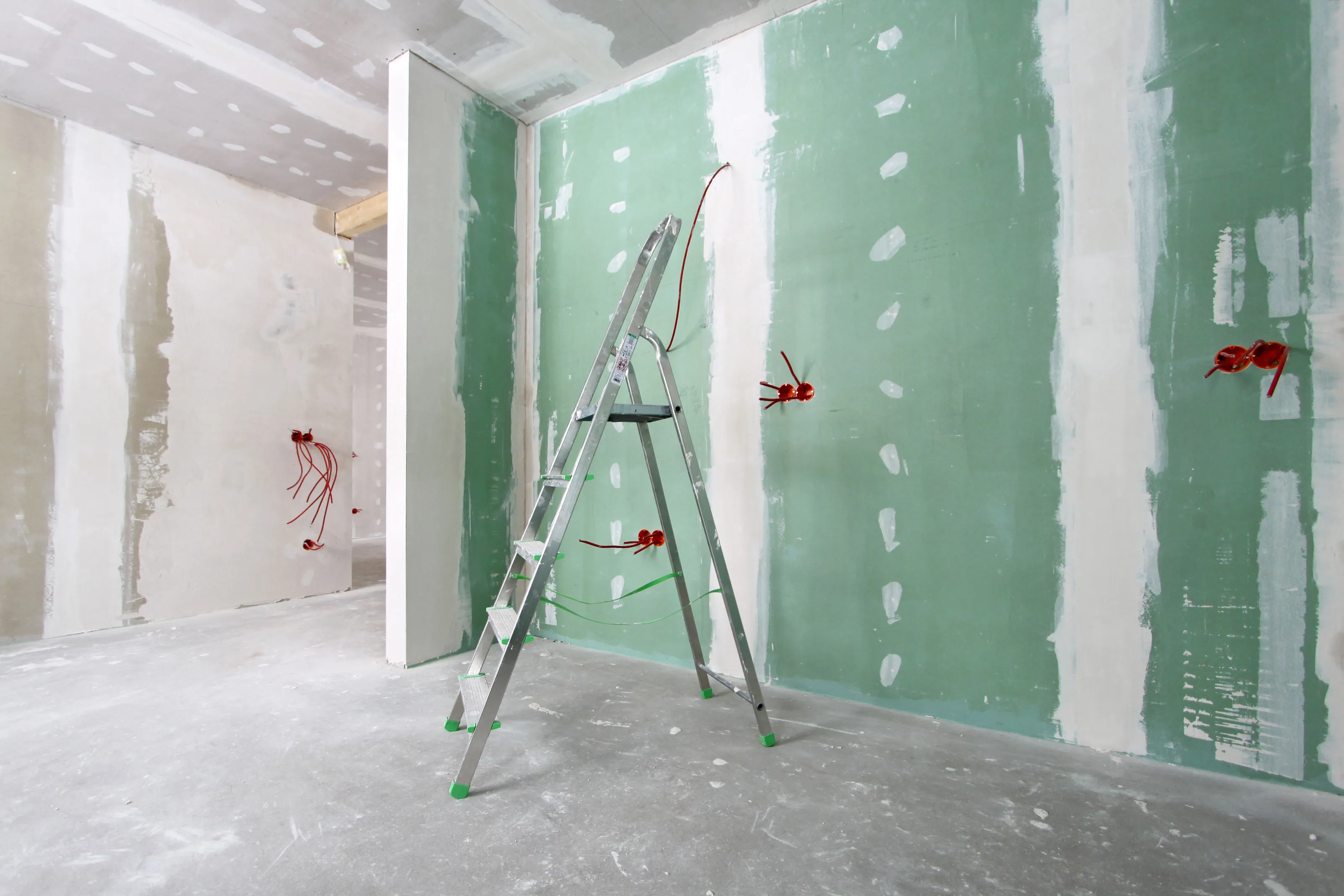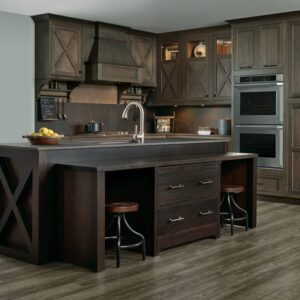Description
Standard Drywall (Regular)
Use: Most commonly used for general interior walls and ceilings.
Thickness: Typically 1/2 inch (12.7 mm), though thicker options are available.
Features: Standard drywall is not moisture-resistant and should not be used in high-humidity areas like bathrooms or basements without additional treatment.
Moisture-Resistant Drywall (Green Board)
Use: Designed for areas with moderate humidity, such as bathrooms and kitchens (though it’s not waterproof).
Features: The paper covering of this drywall is treated to resist moisture and mildew, but it still needs to be paired with proper ventilation to prevent mold growth.
Mold-Resistant Drywall
Use: Ideal for areas prone to mold and mildew, like bathrooms, basements, and kitchens.
Features: It has a special coating and paper that resists both moisture and mold growth, making it a better option in areas of high humidity compared to standard drywall.
Fire-Resistant Drywall (Type X)
Use: Typically used in areas where fire resistance is a priority, such as garages, between apartments, or around furnace rooms.
Features: Type X drywall has special additives (such as fiberglass) that enhance its fire-resistant properties. It can withstand fire exposure for up to 1 hour or more depending on thickness.
Soundproof Drywall (Acoustic)
Use: Designed to reduce sound transmission between rooms or units.
Features: It contains materials that help dampen sound vibrations, making it ideal for shared walls in apartments, music studios, or home theaters.
Ultra-Thin Drywall
Use: Lighter weight and easier to handle for small projects or repairs.
Features: Typically available in 1/4 inch (6.35 mm) thickness, ultra-thin drywall is often used for creating non-load-bearing partitions or lining existing walls without adding too much bulk.






